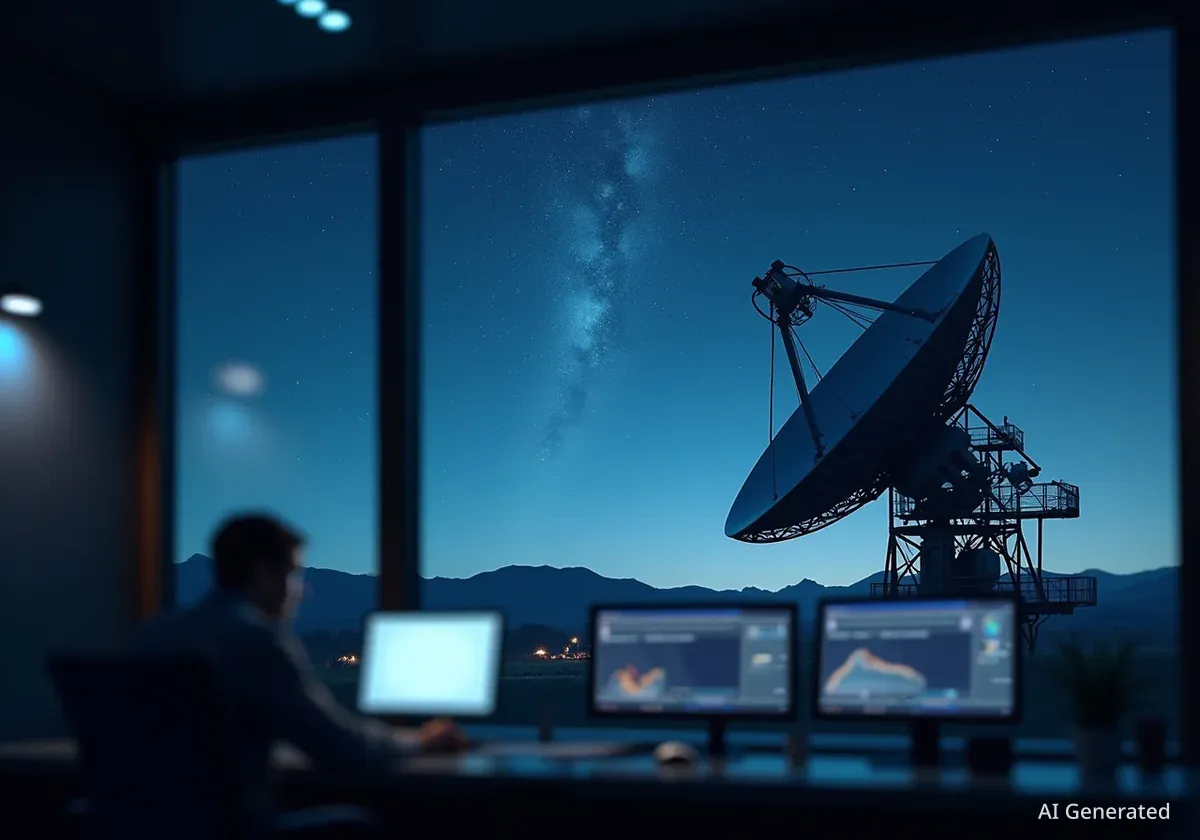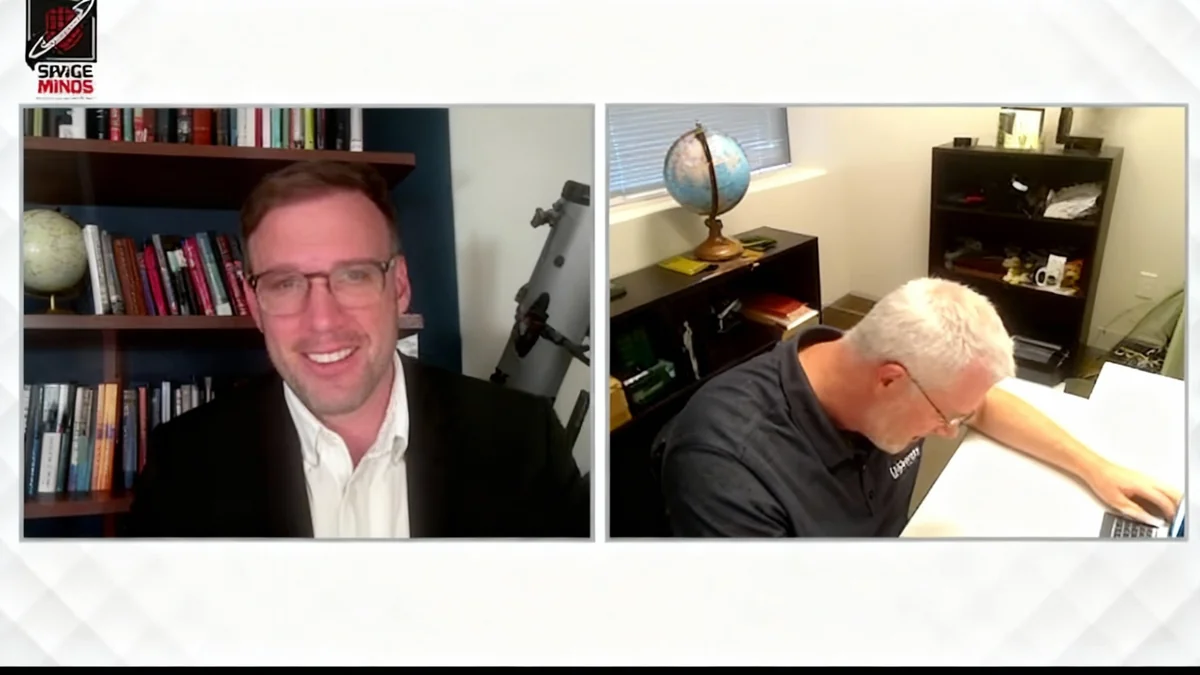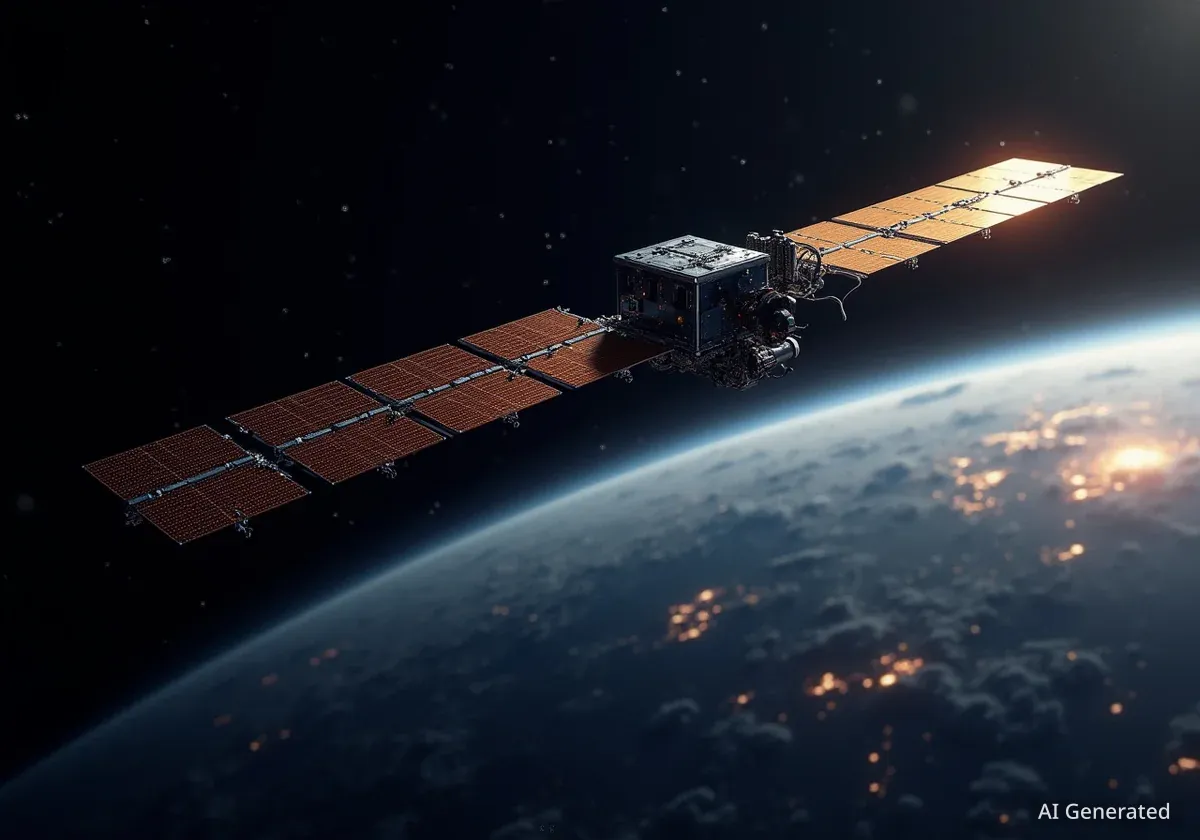Defense contractor Lockheed Martin has announced plans to conduct an on-orbit demonstration of a space-based missile interceptor by 2028. The test is a critical step in the development of the ambitious Golden Dome missile defense initiative, a comprehensive strategy aimed at protecting the United States from advanced aerial threats.
The initiative seeks to create a multi-layered defense network capable of neutralizing threats like hypersonic and ballistic missiles. Placing interceptors in orbit represents a significant strategic shift, aiming to engage incoming weapons during their most vulnerable initial launch phase, far from U.S. territory.
Key Takeaways
- Lockheed Martin is planning a live, on-orbit test of a space-based interceptor no later than 2028.
- This technology is a central component of the U.S. government's proposed Golden Dome missile defense system.
- The primary goal is to intercept advanced missiles, including hypersonics, during their initial boost phase.
- The project faces significant technical challenges, high costs, and raises questions about the weaponization of space.
A New Frontier in Missile Defense
Lockheed Martin CEO Jim Taiclet confirmed the company's timeline during a recent quarterly earnings call, highlighting a new focus on developing operational prototypes rather than laboratory models. This effort is part of a broader competition for the space-based component of Golden Dome.
"We are building prototypes, full-up operational prototypes, not things in labs, not stuff on test stands, things that will go into space," Taiclet stated. "These are real devices that will work, and that can be produced at scale."
This approach signifies a change in the company's research and development strategy. Instead of allocating funds across business units, a larger portion is now directed toward high-priority, corporate-level programs like the space-based interceptor (SBI).
The core objective of placing interceptors in orbit is to engage threats as early as possible. Ballistic and hypersonic missiles are most vulnerable immediately after launch, during their boost phase. An effective space-based system could theoretically neutralize a threat thousands of miles away, long before it approaches its target.
What is the Golden Dome Initiative?
Golden Dome is a proposed comprehensive missile defense architecture designed to protect the U.S. homeland. While many details remain classified, it is understood to be a layered system integrating capabilities from the seabed to space. It aims to counter a wide range of modern threats, including intercontinental ballistic missiles (ICBMs) and highly maneuverable hypersonic weapons being developed by nations like China and Russia.
The Strategic Importance of Boost-Phase Intercept
Military officials have emphasized the need to engage threats far from American shores. The boost-phase intercept capability is seen as the most effective way to achieve this. By targeting a missile when its rocket engines are still firing, an interceptor has a larger, hotter, and less maneuverable target to track.
"It’s not just that we want space-based interceptors, we want them in the boost phase," U.S. Space Force Gen. Chance Saltzman, Chief of Space Operations, said earlier this year. "We want them to achieve their effects as far from the homeland. So they’ve got to be fast, they’ve got to be accurate."
Beyond the boost phase, these interceptors could also target missiles during their mid-course flight as they travel through the vacuum of space. This dual-capability would provide multiple opportunities to neutralize a single threat.
A Multi-Billion Dollar Endeavor
The total cost for the full scope of the Golden Dome initiative, including its space-based layer, command-and-control systems, and terrestrial components, is projected to run into the hundreds of billions of dollars over its lifetime.
Echoes of the Past and Future Challenges
The concept of space-based interceptors is not new. It revives ideas from the Reagan-era Strategic Defense Initiative (SDI), famously nicknamed "Star Wars." A key component of SDI was a proposed constellation of small satellites called "Brilliant Pebbles," each designed to release a small kinetic interceptor to destroy a missile on impact.
While technology has advanced significantly since the 1980s, the fundamental challenges remain immense. According to information shared at a Golden Dome industry day, the U.S. has never successfully built a re-entry vehicle capable of closing an intercept from orbit. Developing and deploying such a system presents numerous hurdles:
- Technical Complexity: A viable system requires a robust network of sensors, resilient communications, and advanced fire control systems to track and engage potentially hundreds of targets simultaneously.
- Artificial Intelligence: The speed and volume of modern missile threats would overwhelm human operators. AI will be essential to sort through data, identify threats, and execute intercepts within seconds.
- Cost and Logistics: Launching and maintaining a large constellation of interceptor satellites is an enormous logistical and financial undertaking.
- Geopolitical Implications: Deploying weapons in space could accelerate an arms race, prompting adversaries to develop their own offensive space capabilities and anti-satellite weapons.
Officials acknowledge these difficulties but frame them as necessary steps in a changing security environment. "What I think we’re really recognizing is now space is a contested war-fighting domain," Gen. Saltzman explained, pointing to the existing development of space weapons by other nations.
Lockheed Martin's 2028 demonstration, if successful, will be a pivotal moment. It will not only validate the technology but also signal a new and more complex chapter in global military strategy, moving the front lines of national defense into Earth's orbit.





